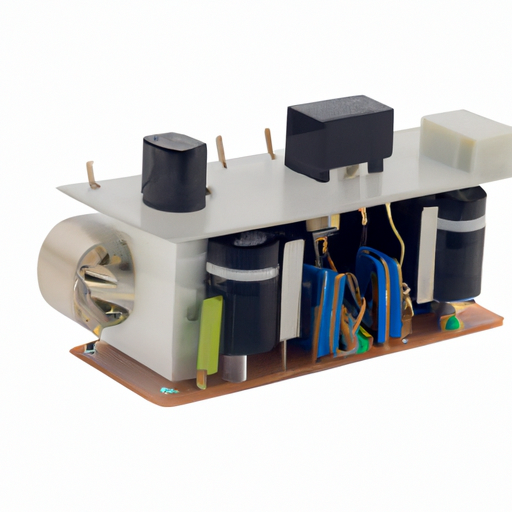Title: Exploring the Mainstream Models of Solid State Relays

1. Zero-Crossing SSRs (200 words) Zero-crossing SSRs are one of the most commonly used models due to their ability to minimize electrical noise and reduce voltage spikes during switching. These relays are designed to switch the load only when the AC voltage crosses zero, ensuring a smooth transition and preventing sudden current surges. Zero-crossing SSRs are ideal for applications that require precise control, such as heating systems, motor control, and lighting.
2. Random Turn-On SSRs (200 words) Unlike zero-crossing SSRs, random turn-on SSRs allow for immediate switching regardless of the AC voltage waveform. These relays are suitable for applications that require fast response times, such as inductive loads, capacitive loads, and resistive loads. Random turn-on SSRs are commonly used in robotics, industrial automation, and power supplies.
3. Phase Control SSRs (200 words) Phase control SSRs provide the ability to control the output power by adjusting the phase angle of the AC waveform. This feature allows for precise control of the load, making phase control SSRs suitable for applications that require variable speed control, such as motor drives, heating elements, and temperature control systems. These relays are also used in dimming applications for lighting control.
4. Current Limiting SSRs (200 words) Current limiting SSRs are designed to protect the load from excessive current by limiting the output current to a predefined value. These relays are commonly used in applications where overcurrent protection is crucial, such as inductive loads, transformers, and motor control. Current limiting SSRs offer enhanced safety and prevent damage to the load and the SSR itself.
5. Optically Isolated SSRs (200 words) Optically isolated SSRs provide electrical isolation between the input and output circuits, ensuring enhanced safety and protection against voltage spikes and transients. These relays are widely used in applications where high voltage isolation is required, such as medical equipment, telecommunications, and industrial control systems. Optically isolated SSRs offer improved reliability and reduce the risk of electrical shock.
Conclusion (100 words) Solid state relays have revolutionized the field of electrical switching, offering numerous advantages over traditional electromechanical relays. The mainstream models of SSRs, including zero-crossing SSRs, random turn-on SSRs, phase control SSRs, current limiting SSRs, and optically isolated SSRs, cater to a wide range of applications, providing enhanced reliability, faster switching speeds, reduced noise, and improved safety. As technology continues to advance, SSRs are expected to play an increasingly vital role in various industries, contributing to more efficient and reliable electrical systems.